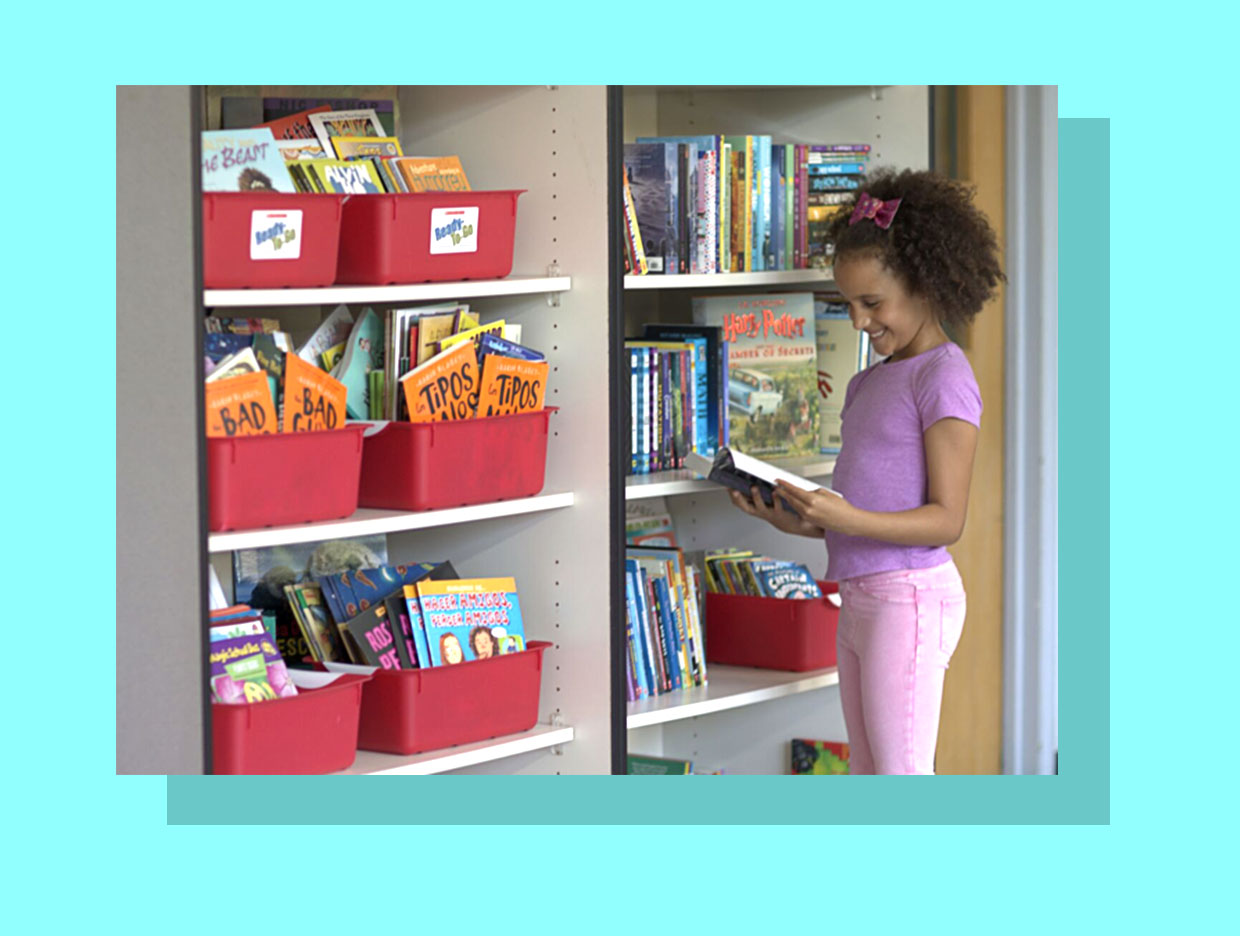How to Make Guided Reading Manageable
Management strategies to help you stay on top of your classroom’s guided reading program.
How to Make Guided Reading Manageable
These tips and strategies will help you streamline your guided reading lessons and maximize the time you spend with your students.
Plus, check out our nonfiction guided reading book lists for every level.
Set achievable goals and don’t overcommit
Quality is much more important than quantity when it comes to meeting with groups. It’s more productive to meet with a group twice a week with your full attention than four times a week when your mind’s distracted by your growing to-do list. You can also meet with your lowest group a third time if you feel it’s necessary. Finding time for conferencing with individual students is important too, so be sure to allot time for that when possible.
Focus on only 1–2 teaching points per lesson
Identify your teaching points ahead of time and stick to them. By staying focused on one or two key points, your students will leave the table with a much better idea of what they should be focusing on while they read and will help them become better independent readers.
Keep running records
Keeping track of your students’ progress is essential to their future growth. By documenting every child’s development and progress, you can create a big picture for every child’s reading level, which in turn will enable you to uniquely tailor your lessons to their individual needs.
Use graphic organizers
Graphic organizers are a fun and interactive way for your class to evaluate their thoughts and take stock of what they’ve learned—and Scholastic has a lot to choose from:
- Top 10 Graphic Organizers to Help Students Comprehend Nonfiction
- Top 10 Graphic Organizers to Help to Help Students Understand Fiction
- 5 Graphic Organizers to Help Young Students Understand Themes in Literature
- Top 19 Graphic Organizers to Help Students Learn About Character Traits
Remember that the most important thing about managing guided reading is finding a system and strategy that works best for you.
To enhance your classroom library, shop our STEM/STEAM guided reading book lists for every level.



